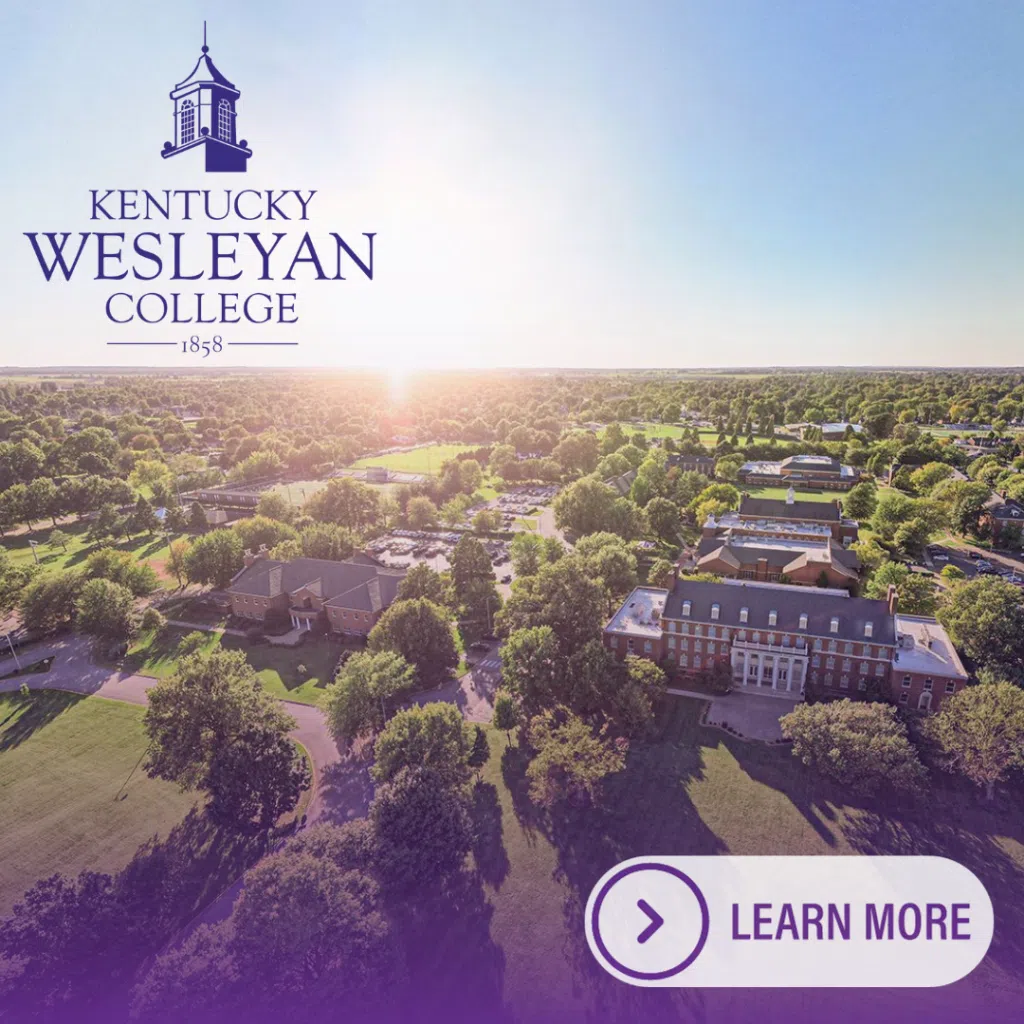By forcing many Americans to stay home, COVID-19 created a rare opportunity for states to accelerate much-needed road repairs without interrupting daily commutes. With traffic reduced, departments of transportation across the country went to work fixing bridges, highways, and mass transit systems—many of which were long overdue for repair. According to data from the Federal Highway Administration, 26 percent of major urban roads in the U.S. are in poor condition.
Apart from being unpleasant to drive on, poor roads are linked to worse traffic, reduced safety, and increased vehicle ownership costs. Research from AAA found that potholes alone cost drivers $3 billion a year in vehicle repair costs. Furthermore, the most recent Urban Mobility Report released by the Texas A&M Transportation Institute found that the average commuter spends 54 hours per year in traffic congestion and suffers a personal cost of $1,080 in time and fuel.
While 2020 will likely be an anomaly, the number of miles traveled on American roads tends to increase each year. Federal Highway Administration data shows that while rural travel has stayed mostly flat since 2000, travel on urban roads has continued to rise alongside increased urbanization. Even though total state and local spending on roads has likewise gone up, its share of total state and local spending has declined and is insufficient to fund necessary road maintenance in many parts of the country.
Not surprisingly, there is significant regional variation when it comes to road quality—a function of differences in funding, climate, commuting patterns, and other factors. Almost half of all major urban roads in Rhode Island (47.9 percent), California (46.2 percent), and New Jersey (42.4 percent) are in poor condition. On the other hand, less than 10 percent of major urban roads are considered poor in Georgia (6.1 percent), Tennessee (8.6%), Florida (8.7 percent), Idaho (8.7 percent), and Indiana (9.3 percent). Overall, states in the South tend to have a smaller share of urban roads in poor condition than states in the Northeast and West Coast.
To find which urban areas have the worst roads, researchers at CoPilot analyzed road quality statistics from the Federal Highway Administration. Using the FHA’s International Roughness Index (IRI) data, they ranked each urban area based on the percentage of road-miles categorized as poor. To improve relevance, the researchers also grouped urban areas by population: small (100,000-349,999), midsize (350,000-999,999), and large (1,000,000+).
While the locations with the worst roads are geographically diverse, urban areas on the West Coast, especially in California, are disproportionately represented. Here are the cities with the worst roads in the U.S.
Large Urban Areas With the Worst Roads
Photo Credit: Alamy Stock Photo
15. Milwaukee, WI
- Percentage of all major roads in poor condition: 33.5%
- Interstates & freeways in poor condition: 7.4%
- Arterials in poor condition: 39.4%
- Minor arterials in poor condition: 100.0%
- Daily vehicle-miles per capita: 24.4
- Miles of road per 1k people: 4.8
Photo Credit: Alamy Stock Photo
14. Denver–Aurora, CO
- Percentage of all major roads in poor condition: 36.1%
- Interstates & freeways in poor condition: 6.6%
- Arterials in poor condition: 31.8%
- Minor arterials in poor condition: 52.0%
- Daily vehicle-miles per capita: 25.8
- Miles of road per 1k people: 3.9
Photo Credit: Alamy Stock Photo
13. Philadelphia, PA–NJ–DE–MD
- Percentage of all major roads in poor condition: 37.7%
- Interstates & freeways in poor condition: 8.7%
- Arterials in poor condition: 37.8%
- Minor arterials in poor condition: 46.2%
- Daily vehicle-miles per capita: 20.0
- Miles of road per 1k people: 3.9
Photo Credit: Alamy Stock Photo
12. Dallas–Fort Worth–Arlington, TX
- Percentage of all major roads in poor condition: 37.9%
- Interstates & freeways in poor condition: 8.2%
- Arterials in poor condition: 56.7%
- Minor arterials in poor condition: 100.0%
- Daily vehicle-miles per capita: 28.5
- Miles of road per 1k people: 4.5
Photo Credit: Alamy Stock Photo
11. Sacramento, CA
- Percentage of all major roads in poor condition: 38.1%
- Interstates & freeways in poor condition: 3.6%
- Arterials in poor condition: 54.7%
- Minor arterials in poor condition: 34.1%
- Daily vehicle-miles per capita: 24.2
- Miles of road per 1k people: 3.5
Photo Credit: Alamy Stock Photo
10. Boston, MA–NH–RI
- Percentage of all major roads in poor condition: 39.3%
- Interstates & freeways in poor condition: 5.3%
- Arterials in poor condition: 50.8%
- Minor arterials in poor condition: 42.0%
- Daily vehicle-miles per capita: 27.9
- Miles of road per 1k people: 4.3
Photo Credit: Alamy Stock Photo
9. Cleveland, OH
- Percentage of all major roads in poor condition: 40.2%
- Interstates & freeways in poor condition: 7.1%
- Arterials in poor condition: 47.3%
- Minor arterials in poor condition: 48.8%
- Daily vehicle-miles per capita: 24.3
- Miles of road per 1k people: 4.1
Photo Credit: Alamy Stock Photo
8. San Diego, CA
- Percentage of all major roads in poor condition: 43.6%
- Interstates & freeways in poor condition: 3.5%
- Arterials in poor condition: 45.4%
- Minor arterials in poor condition: 58.2%
- Daily vehicle-miles per capita: 25.5
- Miles of road per 1k people: 2.6
Photo Credit: Alamy Stock Photo
7. Providence, RI–MA
- Percentage of all major roads in poor condition: 44.2%
- Interstates & freeways in poor condition: 6.2%
- Arterials in poor condition: 53.4%
- Minor arterials in poor condition: 55.7%
- Daily vehicle-miles per capita: 22.9
- Miles of road per 1k people: 5.1
Photo Credit: Alamy Stock Photo
6. Seattle, WA
- Percentage of all major roads in poor condition: 44.2%
- Interstates & freeways in poor condition: 12.5%
- Arterials in poor condition: 44.3%
- Minor arterials in poor condition: 51.6%
- Daily vehicle-miles per capita: 23.5
- Miles of road per 1k people: 3.6
Photo Credit: Alamy Stock Photo
5. Detroit, MI
- Percentage of all major roads in poor condition: 44.2%
- Interstates & freeways in poor condition: 9.0%
- Arterials in poor condition: 42.2%
- Minor arterials in poor condition: 53.4%
- Daily vehicle-miles per capita: 25.9
- Miles of road per 1k people: 4.1
Photo Credit: Alamy Stock Photo
4. New York–Newark, NY–NJ–CT
- Percentage of all major roads in poor condition: 45.5%
- Interstates & freeways in poor condition: 18.7%
- Arterials in poor condition: 53.2%
- Minor arterials in poor condition: 48.3%
- Daily vehicle-miles per capita: 16.0
- Miles of road per 1k people: 2.4
Photo Credit: Alamy Stock Photo
3. Los Angeles–Long Beach–Anaheim, CA
- Percentage of all major roads in poor condition: 62.8%
- Interstates & freeways in poor condition: 11.6%
- Arterials in poor condition: 68.6%
- Minor arterials in poor condition: 68.9%
- Daily vehicle-miles per capita: 22.6
- Miles of road per 1k people: 2.1
Photo Credit: Alamy Stock Photo
2. San Jose, CA
- Percentage of all major roads in poor condition: 63.3%
- Interstates & freeways in poor condition: 9.8%
- Arterials in poor condition: 53.9%
- Minor arterials in poor condition: 88.9%
- Daily vehicle-miles per capita: 22.6
- Miles of road per 1k people: 2.4
Photo Credit: Alamy Stock Photo
1. San Francisco–Oakland, CA
- Percentage of all major roads in poor condition: 71.2%
- Interstates & freeways in poor condition: 15.7%
- Arterials in poor condition: 70.8%
- Minor arterials in poor condition: 88.2%
- Daily vehicle-miles per capita: 21.7
- Miles of road per 1k people: 2.3
Methodology & Full Results
Among U.S. urban areas with more than 100,000 people, there is a negative correlation between the percentage of roads in poor condition and the number of miles per day people travel. In other words, people tend to drive more in cities with better roads. Likewise, there is a strong negative correlation between the percentage of roads in poor condition and miles of road per person. This indicates that cities that are more spread out tend to have better roads.
The data used in this analysis is from the Federal Highway Administration’s Highway Statistics 2018 Series. The Federal Highway Administration provides detailed statistics on road quality using the International Roughness Index (IRI). Using this data, each location’s roads were categorized as either good (IRI<95), fair (IRI 95-170), or poor (IRI>170). The locations with the greatest share of road-miles categorized as poor were determined to be the locations with the worst roads.
Due to data limitations, only urban roads belonging to the following functional classes were included in the road quality analysis: interstates, other freeways and expressways, other principal arterials, and minor arterials. Collectors and local roads were not included. Similarly, the state-level and national-level road quality statistics reported also only include urban roads belonging to the functional classes listed above. For detailed descriptions of each functional classification, see: Highway Functional Classification Concepts, Criteria and Procedures.
To improve relevance, urban areas were grouped into cohorts based on population: small (100,000-349,999), midsize (350,000-999,999), and large (1,000,000+). Urban areas with fewer than 100,000 people were not included.








